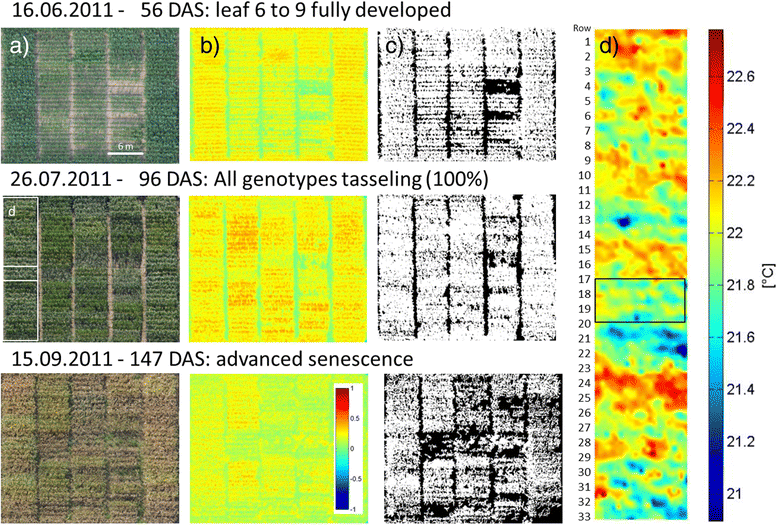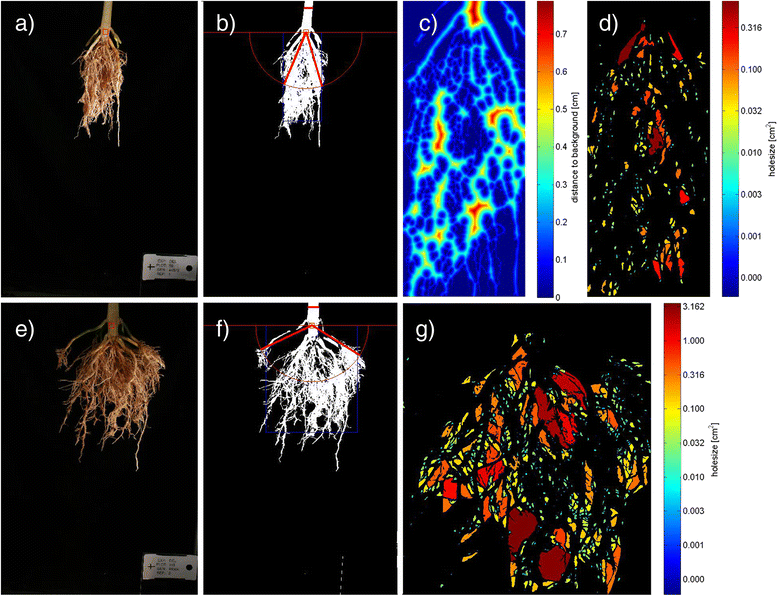Plant phenotyping: from bean weighing to image analysis
- PMID: 25767559
- PMCID: PMC4357161
- DOI: 10.1186/s13007-015-0056-8
Plant phenotyping: from bean weighing to image analysis
Abstract
Plant phenotyping refers to a quantitative description of the plant's anatomical, ontogenetical, physiological and biochemical properties. Today, rapid developments are taking place in the field of non-destructive, image-analysis -based phenotyping that allow for a characterization of plant traits in high-throughput. During the last decade, 'the field of image-based phenotyping has broadened its focus from the initial characterization of single-plant traits in controlled conditions towards 'real-life' applications of robust field techniques in plant plots and canopies. An important component of successful phenotyping approaches is the holistic characterization of plant performance that can be achieved with several methodologies, ranging from multispectral image analyses via thermographical analyses to growth measurements, also taking root phenotypes into account.
Figures



References
-
- Johannsen W. Erblichkeit in Populationen und reinen Linien. Jena: Gustav Fischer Verlag; 1903.
-
- Schulze WX, Usadel B. Quantitation in Mass-Spectrometry-Based Proteomics. Annu Rev Plant Biol. 2010;61:491–516. - PubMed
-
- Schauer N, Fernie AR. Plant metabolomics: towards biological function and mechanism. Trends Plant Sci. 2006;11:508–16. - PubMed
-
- Houle D, Govindaraju DR, Omholt S. Phenomics: the next challenge. Nat Rev Genet. 2010;11:855–66. - PubMed
LinkOut - more resources
Full Text Sources
Other Literature Sources

